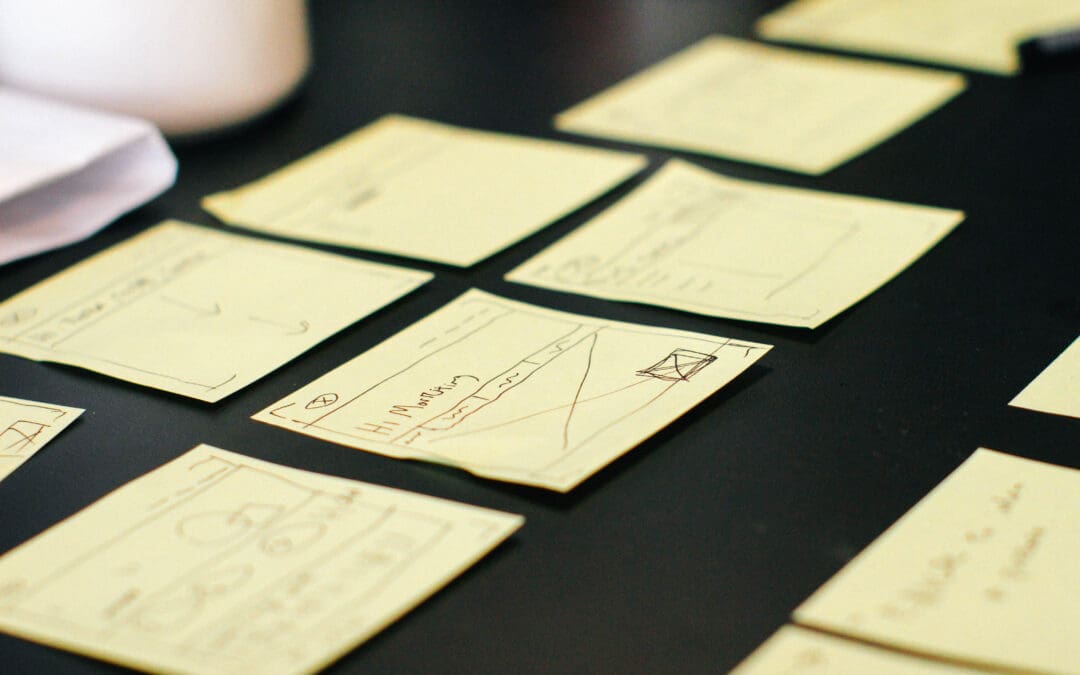|
“Have you put [ABC Pregnancy Center] as a beneficiary in your will yet?” It doesn’t take a fundraising genius to realize that this isn’t the best opening line when talking with a donor. But it does bring up the importance of a topic that is often neglected or glossed over in fundraising: planned giving. Before talking about planned giving, it’s important to know exactly what this term refers to. Simply stated, planned giving refers to any major gift, made during a person’s lifetime or upon death as part of a donor’s overall financial and/or estate planning. Although the definition is simple, planned giving can be a complex topic. You may not need to be an expert but understanding the basics can provide you with the necessary information to build a Planned Giving Program which will benefit your center, your clients, and your donors. In part 2 of this series, we will go into more details about how to communicate the concept of planned giving to your donors. For starters, the most basic and most common type of gift is called a ‘bequest.’ A bequest is a transfer of a dollar amount, property, or a percentage of an estate under a written will to a beneficiary (aka, your pregnancy center). This is the type of gift that we will focus on, as it is the easiest to both understand and communicate to a donor. Now that we have an idea of what planned giving is, we need to discuss:
As with any other fundraising idea, an important first step is to know your audience–identifying WHO you should ask. The top candidates should exhibit these characteristics:
In addition to these suggested characteristics, it is important that you have already made a connection with this donor through a meeting, phone call, or mail correspondence. If you have not, I would encourage you to start to build that relationship right now. Consider calling to thank them for supporting your pregnancy center or inviting them to tour your facility. Building a relationship before asking them about their financial plans–which can be a sensitive topic–is critical to your success. Are you ready to begin your Planned Giving Program?! Here are your next steps! 1. Identify who in your center can take the lead on building your Planned Giving Program 2. Go through your database and use the criteria mentioned above to build a list of prospects 3. Make sure that those prospects have been contacted recently 4. Continue to keep track of interactions with these donors as well as their giving patterns 5. Begin thinking of ways that you could start a conversation about planned giving 6. Be on the lookout for Part 2: How to approach a donor about planned giving
Michaela Hoyle is Care Net’s Foundation and Major Donor Coordinator.
This post originally appeared on Care Net’s private, affiliate-access website. For the complete series, Login as an affiliate
|


